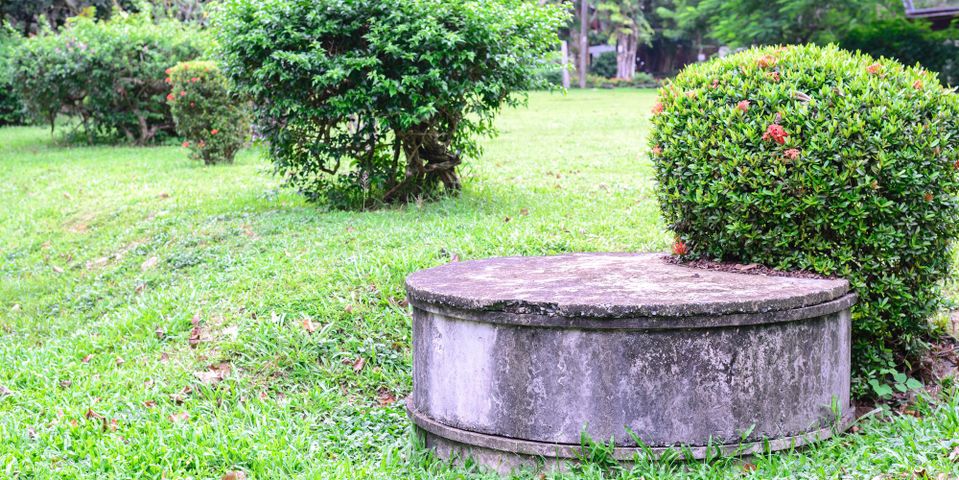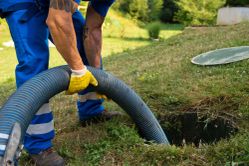3 Key Tips for Maintaining Your Septic System

Septic backups are among the most disgusting messes a homeowner might face, but they can also allow dangerous microorganisms and contaminants into your home. In serious cases, making your home habitable after a septic problem may require professional sewage remediation to remove stains, lingering odors, and bacteria. Fortunately, most septic problems can be prevented with some relatively simple routine maintenance.
What Are the Best Ways to Maintain Your Septic System?
1. Have Your Tank Pumped on Time
If the septic tank is full, wastewater will have nowhere to go but back up the pipes and into your home. The best cleaning schedule for you depends on several factors, including the size of the tank and the number of people in your household, but most will need to be pumped every three to five years.
2. Keep Trash Out of the System
 Septic systems are extremely efficient water treatment systems, but they aren’t equipped to process paper towels, flushable wipes, or food. To prevent backups and accidents that might require sewage remediation, be sure to warn everyone in your house not to put anything but water and solid waste down the drain.
Septic systems are extremely efficient water treatment systems, but they aren’t equipped to process paper towels, flushable wipes, or food. To prevent backups and accidents that might require sewage remediation, be sure to warn everyone in your house not to put anything but water and solid waste down the drain.
3. Avoid Driving on the Drainfield
The drainfield is a network of pipes that distributes wastewater back into the soil. Although they’re buried underground, these pipes can easily be damaged by the weight of heavy vehicles, making it impossible for your septic tank to drain normally. Make sure you know where your drainfield is located and keep cars, ATVs, and construction equipment away from the area.
Cleaning up after a septic backup can be an overwhelming project, but Restoration 1 of Greater Las Vegas is here to help. Their sewage remediation experts use only the most advanced tools in the industry and have the expertise to remove all traces of even the worst disasters. Visit their website for more on their sewage remediation expertise, get tips and updates on Twitter, or call (702) 941-6406 for immediate 24-hour service.
About the Business
Have a question? Ask the experts!
Send your question

